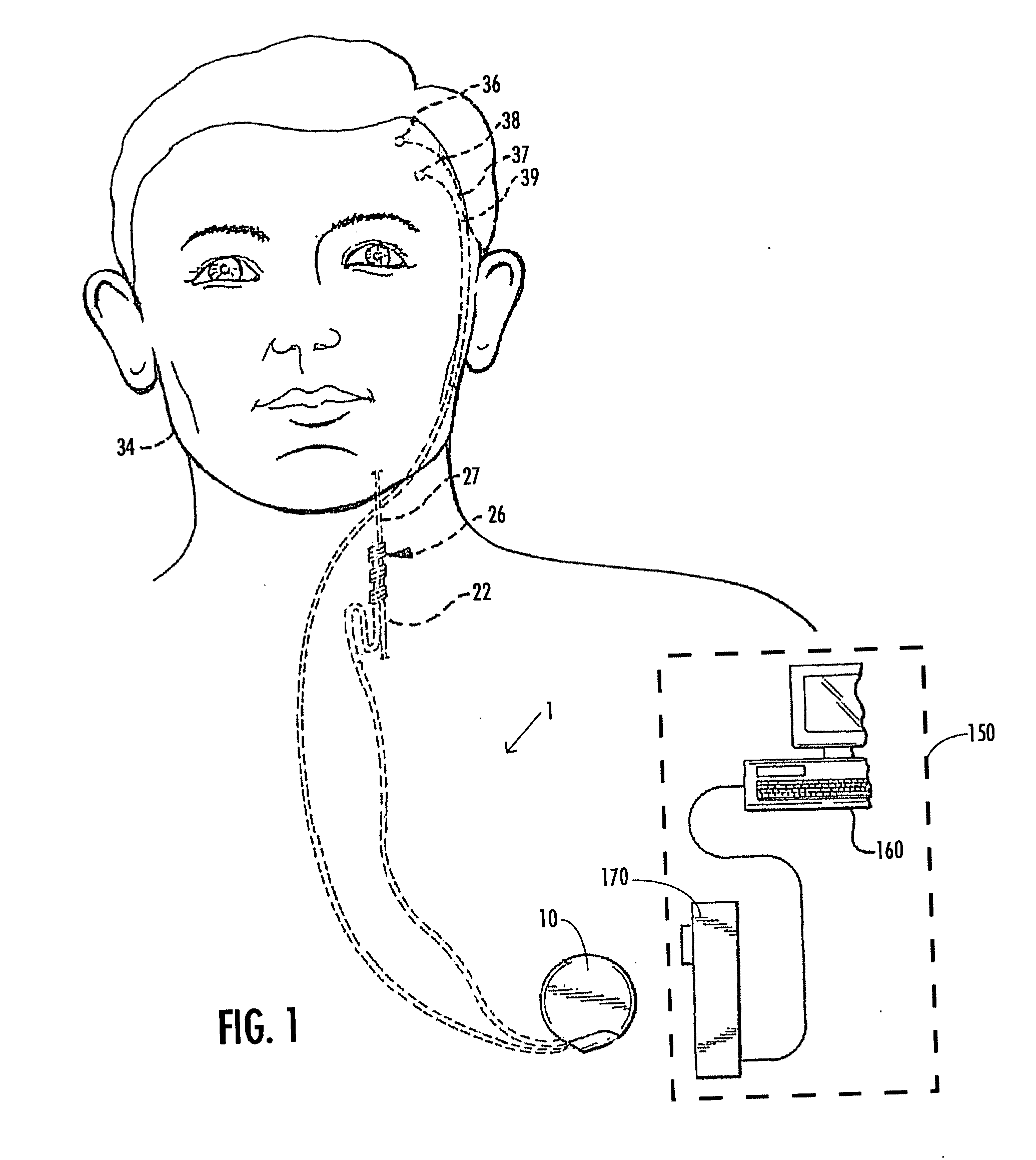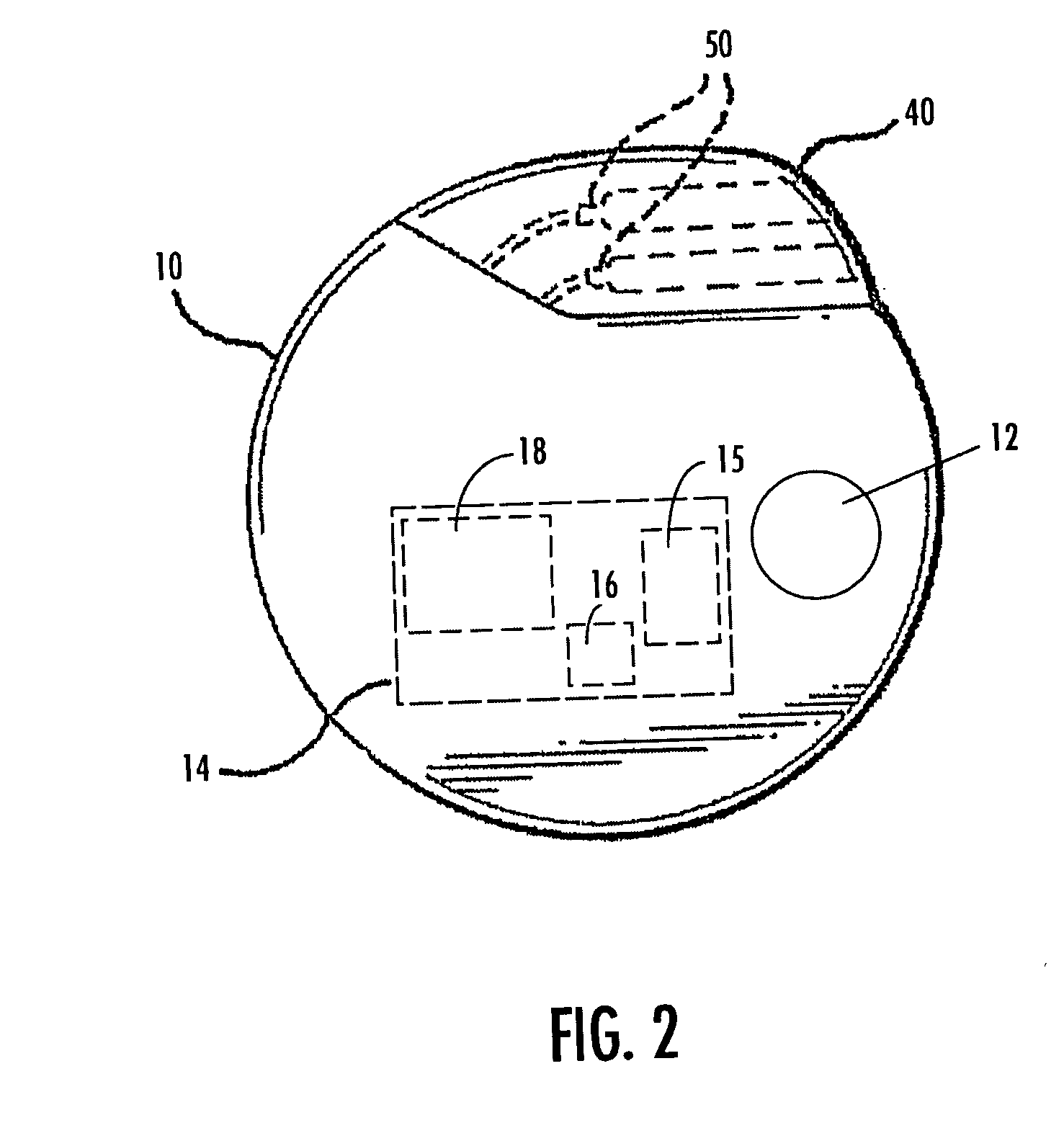Selective nerve stimulation for the treatment of eating disorders
a technology of selective nerve stimulation and eating disorders, applied in the direction of internal electrodes, other medical devices, therapy, etc., can solve the problems of severe or even life-threatening, and achieve the effect of preventing an adverse patient respons
- Summary
- Abstract
- Description
- Claims
- Application Information
AI Technical Summary
Benefits of technology
Problems solved by technology
Method used
Image
Examples
Embodiment Construction
Definitions
[0038]“Eating disorder” refers to any of a group of syndromes, including but not limited to anorexia nervosa, bulimia nervosa, and binge eating disorder. They are characterized by extreme disruptions in eating and intense anxiety over body weight or size.
[0039] As used herein, the terms “stimulating” and “stimulator” generally refer to delivery of a signal, stimulus, or impulse to neural tissue for affecting neuronal activity of a neural tissue (e.g., a volume of neural tissue in the brain or a nerve). The effect of such stimulation on neuronal activity is termed “modulation”; however for simplicity, the terms “stimulating” and “modulating,” and variants thereof, are sometimes used interchangeably herein. The effect of delivery of the signal to the neural tissue may be excitatory or inhibitory and may potentiate acute and / or long-term changes in neuronal activity. For example, the effect of “stimulating” or “modulating” a neural tissue may comprise one or more of the fo...
PUM
 Login to View More
Login to View More Abstract
Description
Claims
Application Information
 Login to View More
Login to View More - R&D
- Intellectual Property
- Life Sciences
- Materials
- Tech Scout
- Unparalleled Data Quality
- Higher Quality Content
- 60% Fewer Hallucinations
Browse by: Latest US Patents, China's latest patents, Technical Efficacy Thesaurus, Application Domain, Technology Topic, Popular Technical Reports.
© 2025 PatSnap. All rights reserved.Legal|Privacy policy|Modern Slavery Act Transparency Statement|Sitemap|About US| Contact US: help@patsnap.com



